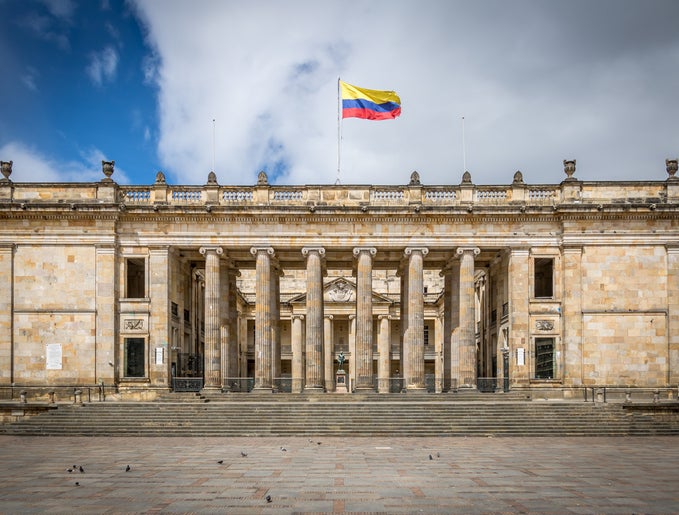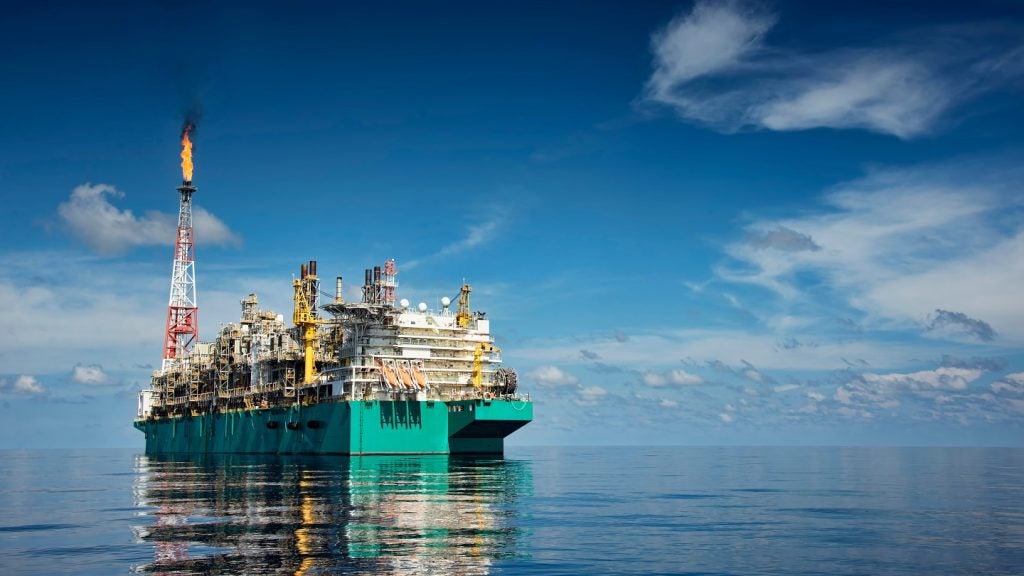Njonji is a conventional oil development located in shallow water in Cameroon and is operated by Tower Resources Cameroon. According to GlobalData, who tracks more than 34,000 active and developing oil and gas fields worldwide, Njonji was discovered in 2008, lies in block Thali, with water depth of around 108 feet. Buy the profile here.
The project is currently in feasibility stage and is expected to start commercial production in 2024. The development cost is expected to be $45 m. The Njonji conventional oil development will includes mobile offshore production unit (MOPU) and subsea trees.
Field participation details
The field is owned by Tower Resources.
Production from Njonji
Production from the Njonji conventional oil development project is expected to begin in 2024 and is forecast to peak in 2025, Based on economic assumptions, the production will continue until the field reaches its economic limit in 2037.
See Also:
Contractors involved in the Njonji conventional oil field
Some of the key contractors involved in the Njonji project as follows.
Other Contractors: TUV Nord, Geoquip Marine, Oilfield International and Bedrock Drilling
For more details on the Njonji Conventional Oil Field, buy the profile here.
Premium Insights
From

The gold standard of business intelligence.
Blending expert knowledge with cutting-edge technology, GlobalData’s unrivalled proprietary data will enable you to decode what’s happening in your market. You can make better informed decisions and gain a future-proof advantage over your competitors.





